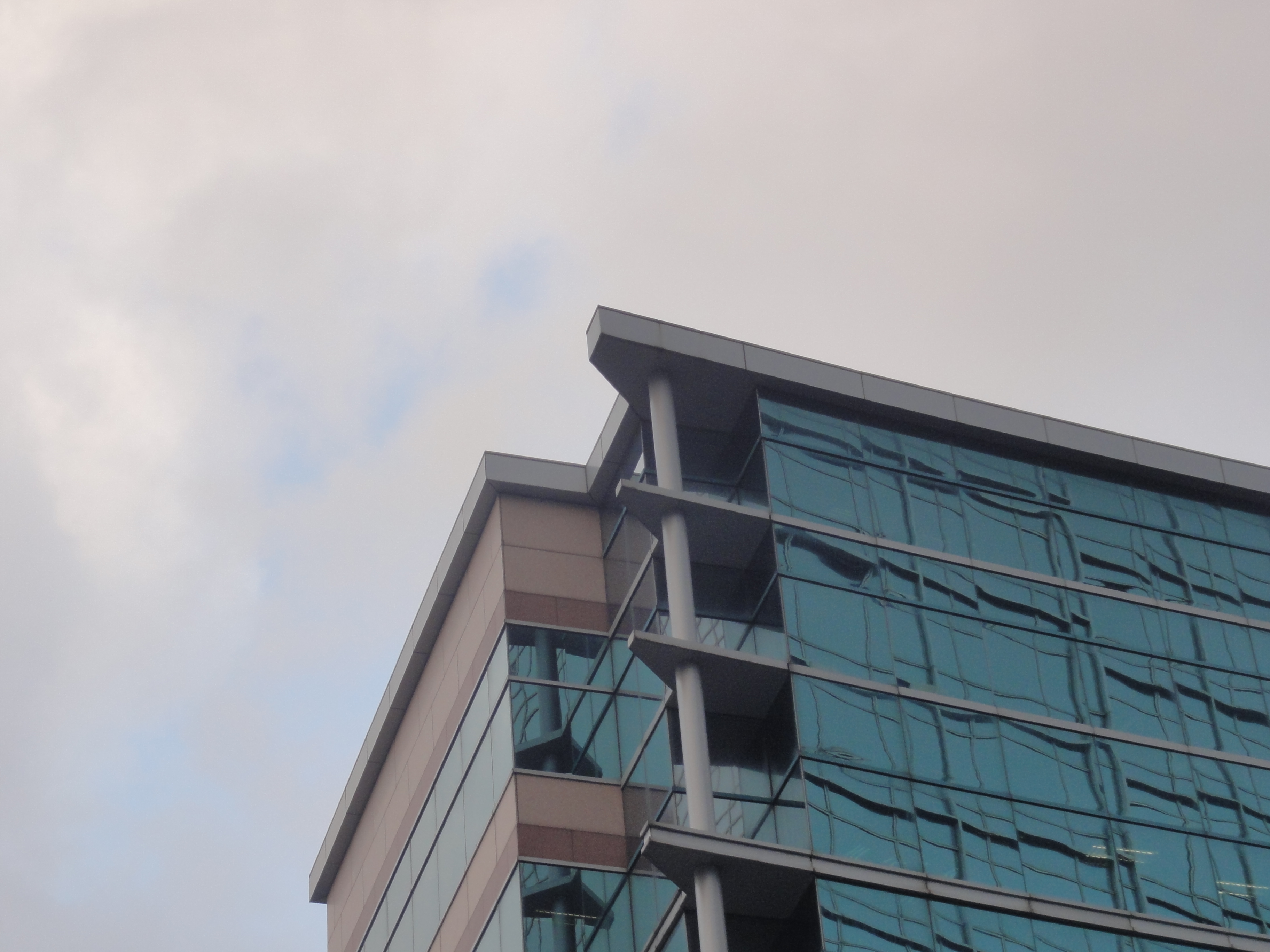Field Trip 1: Alleyways in Jordan and Mong Kok
1. Wide-angle “Verticality” 2. Zoom “Storage spaces” 3. Focus “Greenery” 4. Crop “Invasion” 5. Bird’s eye “Above” 6. Worm’s eye “Underneath the cage” 7. First person view “Routine” 8. Skewed angle “Maze” Capturing the junction of the alleyways in a panoramic view shows how the alleyways interlock with each other and that they eventually connect back to the main streets. Buildings are so packed and dense in the city, resulting in these narrow alleyways and also the complex system of pathways that join them together. Alleyways are public spaces in a sense that everyone can access to them, yet the
Continue readingField Trip 1: Alleyways in Jordan and Mong Kok

